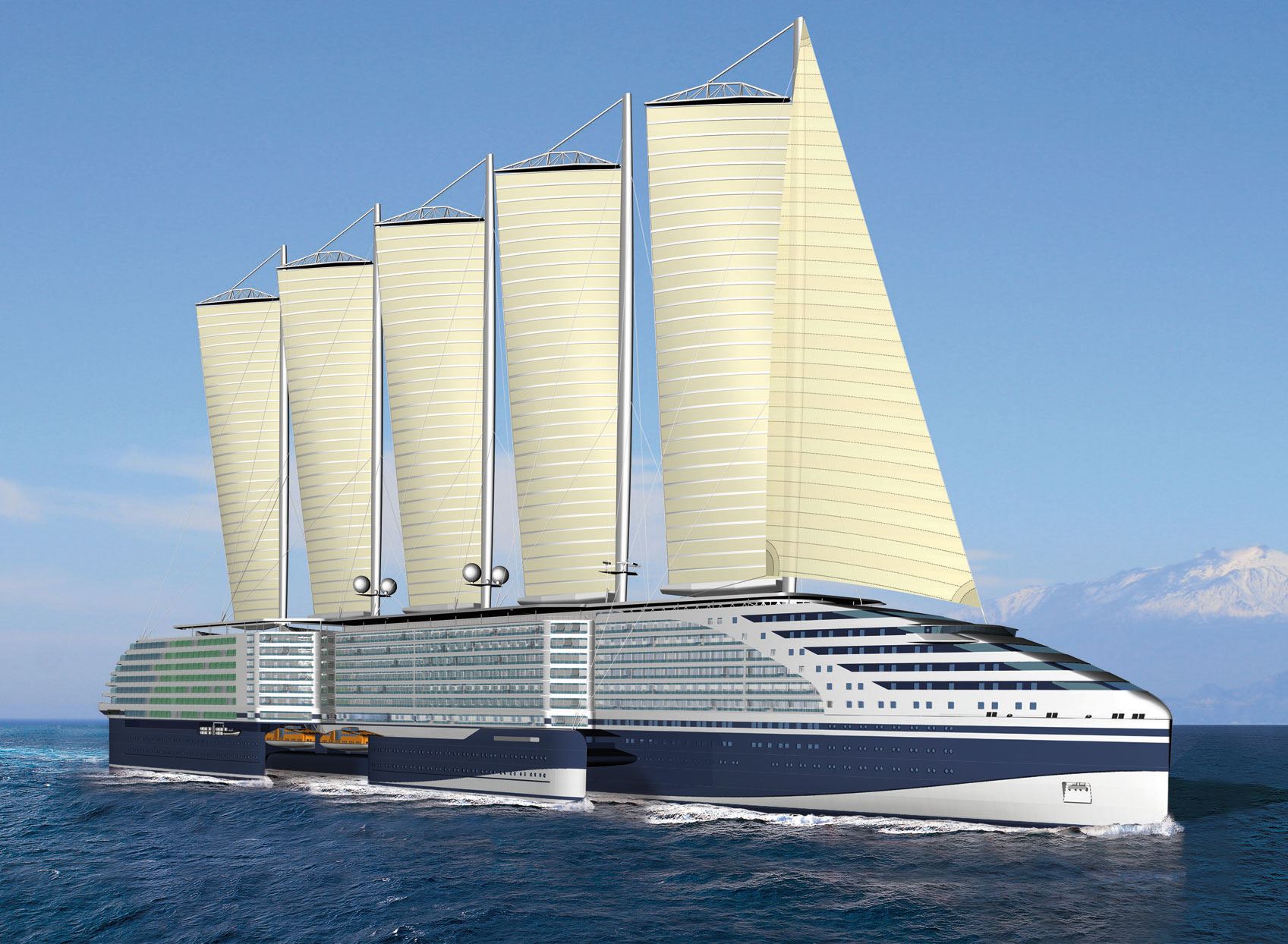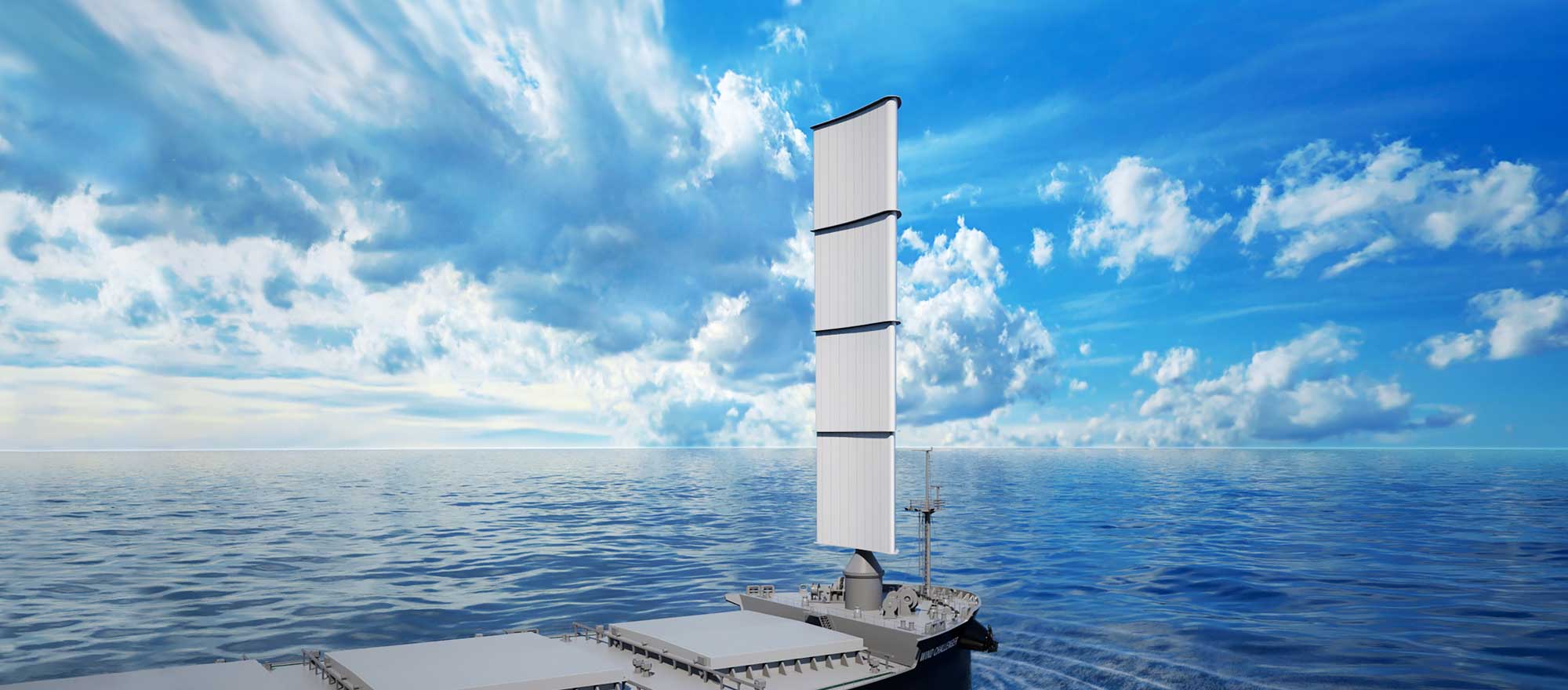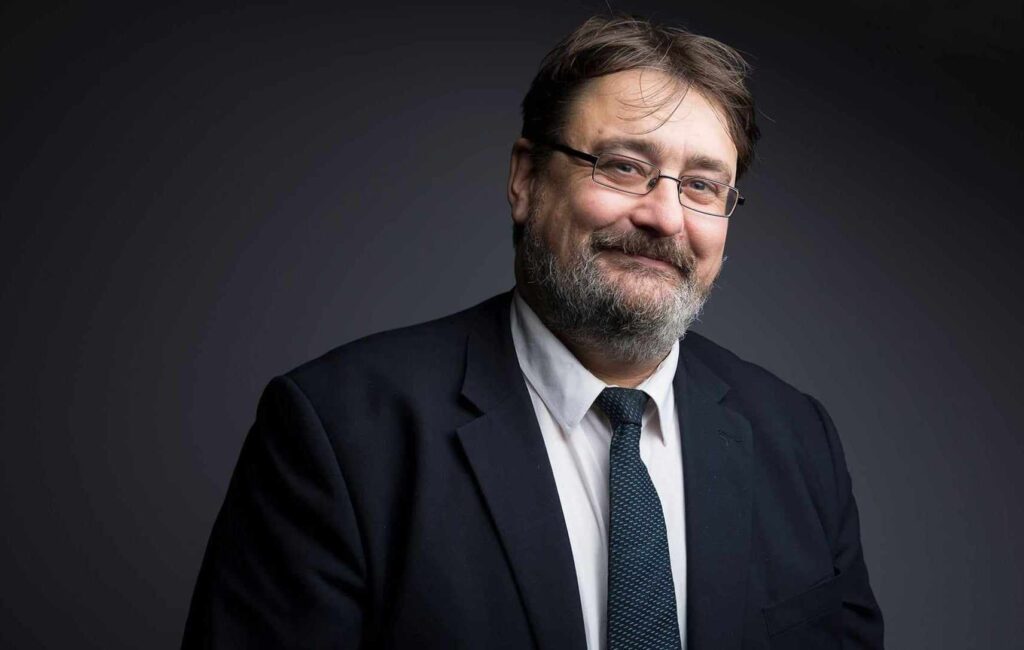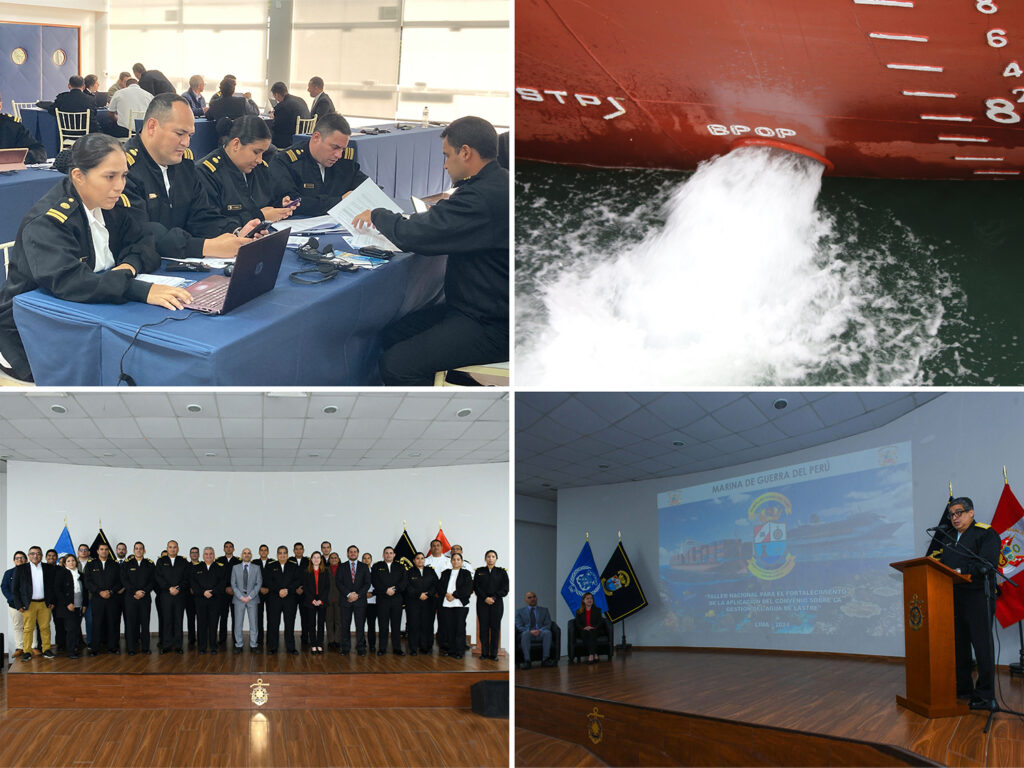By : Magdy Sadek
In the second part of the important exclusive interview, Gavin Allwright enthusiasm raises three important issues the first issue is about the compatibility of IMO GHG pricing approaches and World Trade Organization rules the second issue wind could be adopted to reach Zero emission propulsions.The third issue How are gearing our ports for a new green era?

It is a rich interview with an international expert who is respected and appreciated by all world experts and stakeholders I had the absolute honor of conducting that interview Gavin Allwright has been active as a maritime decarbonisation consultant since 2005 originally working with a not-for-profit organization designing zero-emission, SAI/solar electric hybrid vessels for developing countries and this project led to the International WindShip association was when that was established in 2014
He also heads the IWSA delegation at the International Maritime Organisation ( IMO ) where the Organisation holds consultative status and now he has been an advisor on several EU and international joint industry and research projects
And the text of the هinterview in the second part!
IMO GHG pricing
What aboute the compatibility of approaches and World Trade Organization rules?
Of course, wind propulsion is compatible with all of the pathways and rules that are being proposed or currently in place. We are however concerned that as fuel subsidies are ramped up to help deliver expensive new fuels, then the drive to have a level playing field for all energy sources will fall by the wayside, and fair competition principles won’t be upheld.
Of course, wind propulsion is compatible with all of the pathways and rules

If a subsidy is delivered to a low emissions energy source (i.e. a fuel such as a biofuel, electricity or other liquid or gaseous energy carriers such as hydrogen, methanal, ammonia etc.), then an equal level of support should be delivered to those choosing a fully zero-emissions (not only GHG) energy sources such as wind along with decreasing the cost for other low-cost alternatives such as energy efficiency and voyage optimization measures.
One argument that has been made in the past is that wind energy delivered directly to the ship at the point of use doesn’t require infrastructure rollout out and, therefore doesn’t require support – this is of course an absurd position to take, as we should be promoting the cleanest, cheapest and quickest to deploy emission solutions, regardless of whether they require land-based infrastructure or not. We are facing catastrophic climate change and economic destabilization, and we need to act accordingly.
Reach Zero emission propulsions
Could wind be adopted to reach Zero emission propulsions?
Yes, on a couple of different levels. Especially relevant if we take ‘zero-emissions’ to mean all emissions, not solely carbon – everything from particulate matter to VOCs, fugitive H2 emissions to underwater radiated noise, and the risks of incidental/accidental spillages and operational leakage from production, transport, bunkering, and operational use of the fuels.
As a direct implementation of wind, are zero-emission ships possible?!

As a direct implementation of wind, are zero-emission ships possible? Well, for 5,000 years that was pretty much all we had, starting with the Ancient Egyptians right up to the 19th century empires and globalized trade. These ships and their trades persist in some regions today, the dhows of the Indian Ocean, Makassar schooners, and pinisi in Indonesia and elsewhere.
large-scale shipping
For modern, large-scale shipping it is possible to design and build vessels with very extensive wind propulsion systems, and the ability to harvest excess wind to be converted to electricity and fuel onboard for use when there is limited, or no wind is also achievable at scale.
Smaller primary vessels are already operating at shallow carbon footprints, but there are too few to make a substantial impact yet.
Again, choices can be made here. We have all heard of the development of ‘green corridors’ flowing out of the announcement made at COP26 in Glasgow in 2022, and these are being deployed to primarily lower barriers to new fuels, but we have always had ‘green corridors’, these are called ‘trade winds’ (and in some cases seasonal prevailing winds), however as commoditized fossil fuel overtook wind as the main propulsion source in the early 20th century so these fell into disuse.
If we were to resurrect the use of these huge energy systems and deploy our wind vessels to harness them, then this action alone could deliver ultra-low emissions shipping globally far faster than the industry currently appreciates.
A new green era
How are gearing our ports for a new green era?
Well, when this comes to wind propulsion, most ports understand that there are minimal or no special measures that need to be deployed to service wind-assist vessels. Those with fixed masts may need some tweaking of procedures, however, the initial concern that ports have with anything new dissipates with the number of wind-installed vessel port calls that they receive.
New fuels require new infrastructure and heavy investment !
Our members have done extensive work with port authorities over the years to access and comply with their requests for information and the consequence of that engagement is a fairly smooth transitional runway. There is of course always more to be done.
From a broader low-emissions transition perspective, then there is a lot more work to undertake. New fuels require new infrastructure, trained staff, and heavy investment in a variety of different fuels with little guarantee those fuels will have significant uptake until prices fall.
Read More ;
Exclusive with Gavin Allwright : Secretary General of (IWSA) ( 1- 3 )




